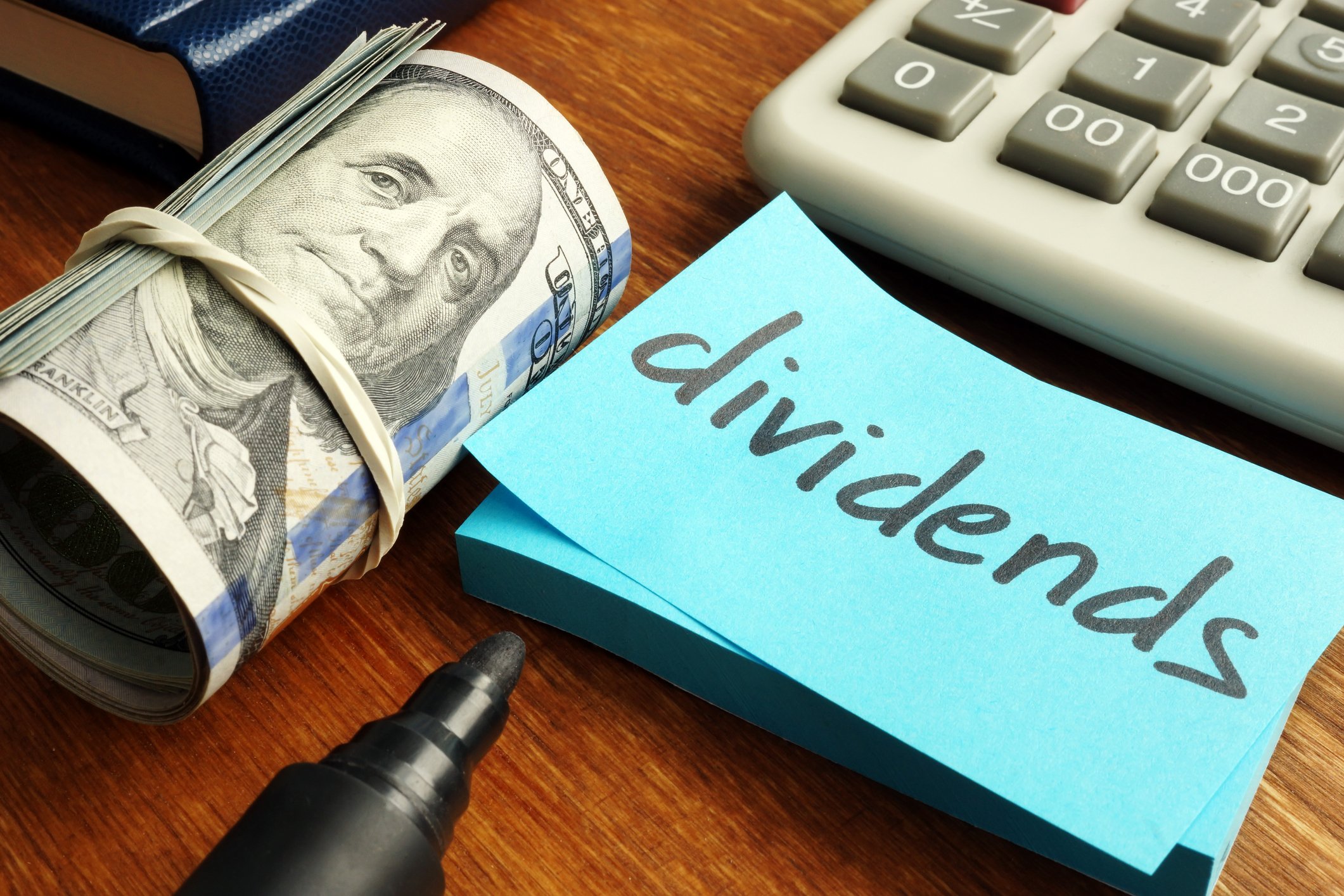Cash is no longer king.
U.S. consumers are significantly more likely to use credit or debit cards than they are to use cash when making a purchase. In fact, more than 70% of them are most likely to pull out either a credit or debit card for a personal purchase, compared to 23.8% who are most apt to use cash, according to a new survey from Business.org.
But if people are using plastic more commonly, that doesn't mean they're entirely unworried about doing so. Nearly half (47.8%) of those surveyed said they believe cash remains the safest way to pay. Using a card in a device with a chip reader was second (29.8%), while a magnetic-strip swipe device (16%) came in third.
Safety concerns may be the primary thing keeping cash in the game, since 70% of those surveyed find credit and debit cards to be the most convenient methods of payment. Only 20.6% felt that way about cash. (Though 1.2% of those surveyed picked checks, a method that at this point seems only slightly less cumbersome than barter.)

Image source: Business.org.
Cash has (mostly) lost the war
The Business.org survey only questioned 500 people, but its results are pretty similar to the 2018 TSYS U.S. Consumer Payments Study, which had a sample size more than twice as large. According to that study, debit is the preferred payment method of 54% of consumers, followed by credit (26%), and cash (14%). Cash actually inched up during the past two years in that study, and the reason may well be security. As the report highlighted:
Security is top of mind for consumers of all ages. Thirty percent of consumers are "extremely concerned" that their account and/or personal data will be stolen in the future, while another 58% are "somewhat concerned." The actions consumers are taking reflect their concern. Over 50% responded that they changed their passwords for email, online banking and the websites where they shop. Many have also obtained and reviewed their credit reports looking for irregularities.
It appears that banks, credit card companies, and retailers could make a decisive advance in the War on Cash by finding ways to address these concerns. More widespread deployment of chip-reading payment terminals might ultimately increase consumer confidence in the safety of credit and debit cards, but other vulnerabilities remain. The companies involved in the payment chain will have to eliminate data breaches, protect people from identity theft, and figure out how to add safety features without subtracting convenience.

Eliminating cash may require making credit and debit payment safer. Image source: Getty Images.
What's the next battleground?
The key to safer payments may already be in the palm of your hand. U.S. consumers have been relatively slow to take advantage of the mobile wallet capabilities in their smartphones. Only 11% of respondents said they had a debit card loaded into a mobile wallet app, while 10% said they had a credit card loaded in. Roughly another 25% said they were "very likely" to set up their smartphones to operate as payment tools.
For those who are ready to shift yet another aspect of their daily lives into their smartphones, the devices and their mobile wallet apps offer safety features that consumers are generally already comfortable with.
"Consumers continue to be most comfortable with passcode, 73%, followed by fingerprint, 62%. Camera/Facial Recognition increased slightly and should continue to do so as phones and airport security integrate this technology," wrote TSYS.
Passcodes and facial recognition add data security to purchases without adding hassle. A mobile wallet, at least when it works well at checkout, also adds convenience: It's easier wave your phone at a contactless NFC reader than it is to pull out cash or go through the motions with a credit card. If smartphone makers and retail businesses can encourage wider adoption of digital wallets, they may remove the last major reason for Americans to cling to cash.





